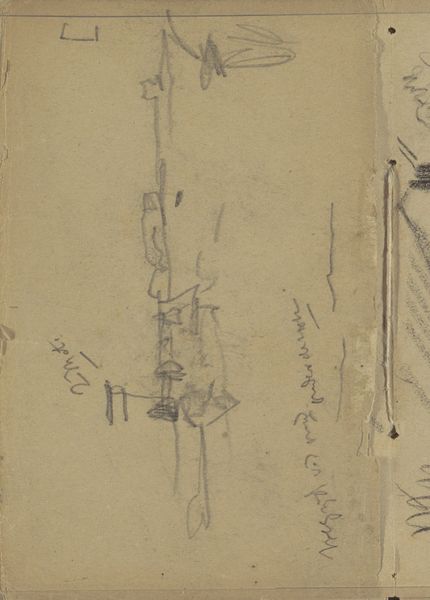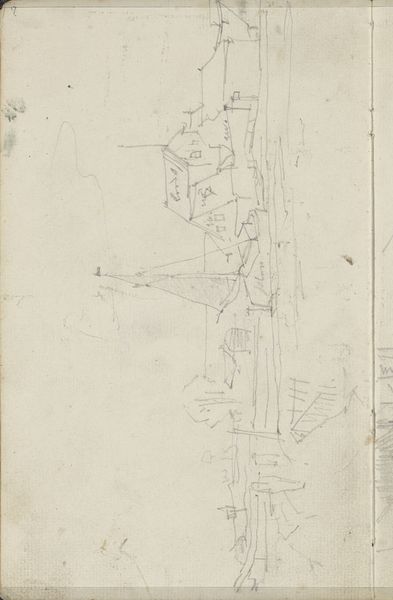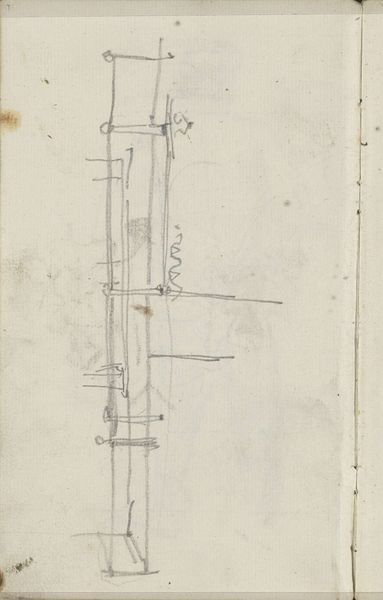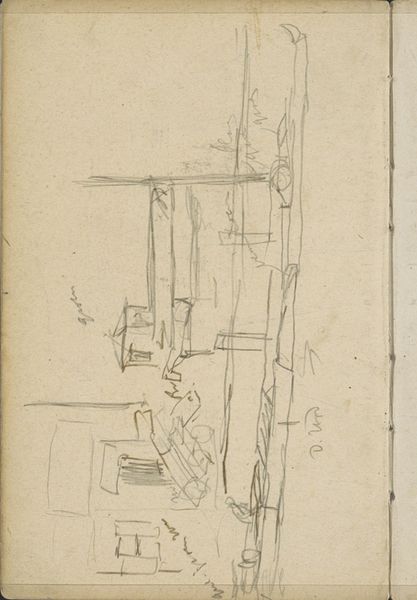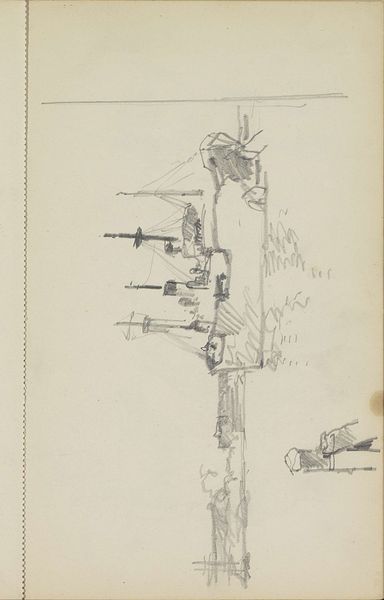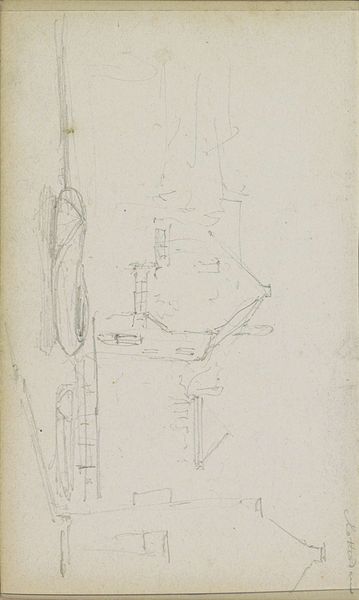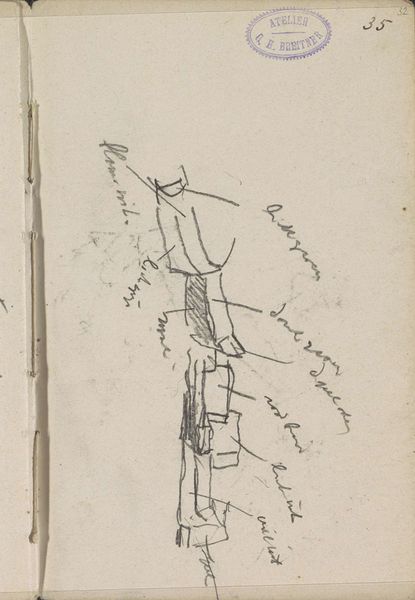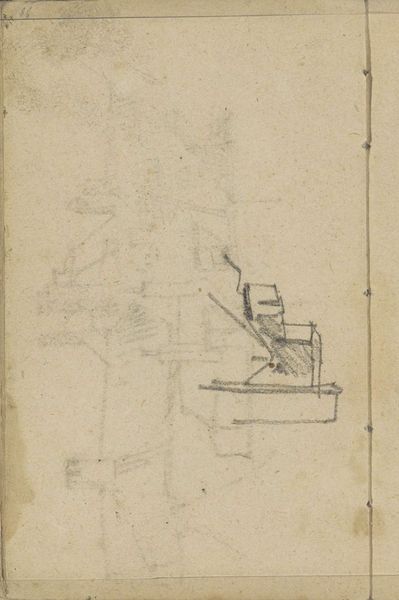
drawing, pencil
#
drawing
#
impressionism
#
landscape
#
pencil
Copyright: Rijks Museum: Open Domain
Editor: Here we have George Hendrik Breitner’s pencil drawing, *Stadsgezicht, mogelijk Delft,* created between 1881 and 1883. It’s such a spare depiction; I find the quick, almost jittery lines quite evocative, but what can we infer from the cityscape itself? Curator: That “jitteriness” speaks volumes. Consider the symbols embedded here: the windmill, the distant spire. What did these forms mean to a rapidly modernizing Holland? Windmills were not just industrial tools, but icons of Dutch ingenuity and self-reliance, emblems of a past being actively challenged by urban growth and industrialization. The distant spire would represent cultural continuity and religious symbols which also plays into a bigger Dutch narrative. Editor: So, the “jitteriness” could reflect the tension between embracing the new and holding onto tradition? Curator: Precisely! The stark simplicity forces us to focus on these very symbols. Breitner isn't just sketching a city; he's capturing a moment of cultural renegotiation, using symbols laden with centuries of collective memory. Do you notice how the horizon line divides the composition? Editor: Yes, it’s quite prominent. What’s the significance there? Curator: It creates a visual tension. Below, we see defined architectural forms while above, only sky which speaks of possibilities, hopes, but also anxiety about an unknowable future. Consider also the angle; he positions himself as an observer, documenting a collective transformation as it unfolds. Editor: I hadn't considered that it reflected such a transitional period! The windmill suddenly carries a lot more weight. Curator: Absolutely. Visual culture always carries stories and memory. Editor: I will look at sketches differently from now on. It’s about history, not just lines.
Comments
No comments
Be the first to comment and join the conversation on the ultimate creative platform.
